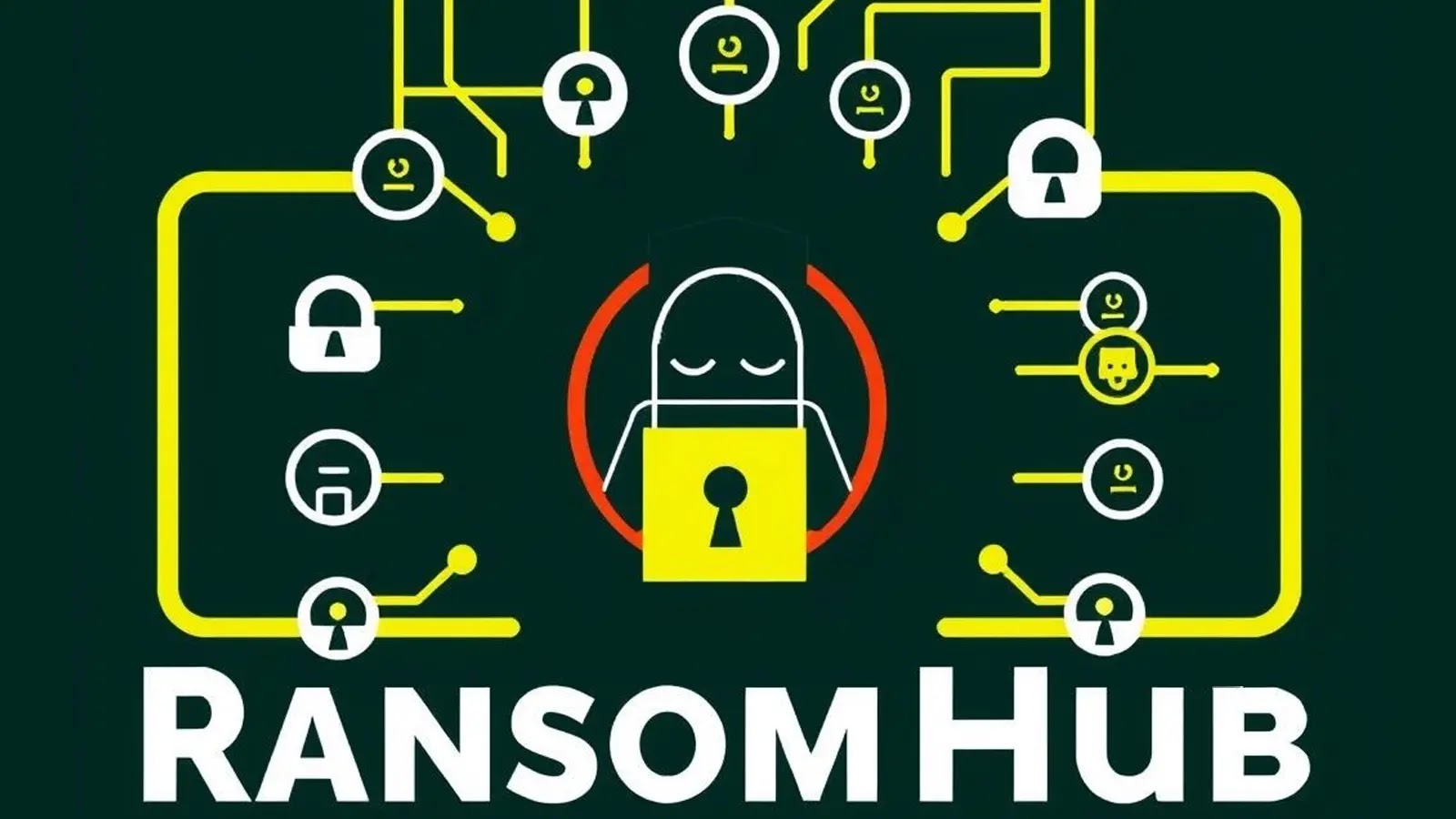RansomHub, a relatively new entrant in the ransomware-as-a-service (RaaS) landscape, is currently grappling with significant internal discord following an abrupt loss of access to its negotiation chat portals by affiliates on April 1, 2025. This unexpected disruption has compelled affiliates to seek alternative communication channels, including those operated by rival ransomware groups, thereby complicating ongoing extortion efforts and potentially jeopardizing pending ransom payments.
Emergence and Business Model
Since its inception in early 2024, RansomHub has rapidly ascended in the cybercriminal hierarchy by offering particularly favorable payment terms to attract skilled affiliates. Unlike many competitors, RansomHub implemented a business model that directed ransom payments either directly to affiliates or split them at the point of transaction. This approach significantly reduced the risk of exit-scamming, a prevalent issue where RaaS administrators abscond with entire ransoms, leaving affiliates uncompensated.
Disruption of Communication Channels
The first signs of internal strife emerged on the morning of April 1, 2025, when multiple client chat portals used for ransomware negotiations suddenly went offline. Researchers from GuidePoint Security’s Research and Intelligence Team (GRIT) identified these disruptions, which were corroborated by intelligence-sharing partners who reported similar issues across RansomHub’s infrastructure. These widespread outages suggest that the problem is rooted in internal conflict rather than isolated technical glitches.
Impact on Affiliates and Victims
The sudden loss of access to negotiation platforms has left RansomHub affiliates in a precarious position, forcing them to redirect victim communications to alternative platforms, including those belonging to competing ransomware groups. This shift has introduced confusion into ongoing extortion attempts and poses a threat to ransom payments in progress. For victims currently engaged in negotiations, the situation is equally troubling. Organizations facing RansomHub ransom notes now encounter additional complications, as communication channels have become unreliable, and the group’s ability to provide decryption tools is increasingly questionable.
The DragonForce Connection
Adding another layer of complexity to the situation, competing RaaS operator DragonForce made a public claim on April 2, 2025, stating that RansomHub had decided to move to their infrastructure under a new option from The DragonForce Ransomware Cartel. This announcement appeared on the RAMP forum and prompted immediate skepticism from users, with some questioning if RansomHub had been taken down by DragonForce. The ambiguity surrounding this claim was further highlighted when DragonForce requested that RansomHub consider [their] offer, suggesting the announcement may have been premature or possibly a form of opportunistic marketing during RansomHub’s moment of vulnerability.
Historical Parallels and Potential Outcomes
This instability mirrors patterns seen in other prominent ransomware groups that collapsed due to internal conflicts. For instance, the Conti group disbanded following disagreements related to the Russia-Ukraine conflict, Alphv faced issues with affiliate exit-scamming, and Black Basta experienced disputes over targeting strategies. These precedents suggest that internal discord can significantly undermine the operational stability of ransomware groups, potentially leading to their dissolution.
Broader Implications for the Cybercriminal Ecosystem
The turmoil within RansomHub underscores the volatile nature of the cybercriminal ecosystem, where alliances are often fragile, and internal conflicts can rapidly escalate. For law enforcement and cybersecurity professionals, these internal disruptions present both challenges and opportunities. While the fragmentation of a ransomware group can temporarily reduce the threat level, it may also lead to the emergence of splinter groups or the rebranding of existing entities, perpetuating the cycle of cyber threats.
Recommendations for Organizations
In light of these developments, organizations are advised to remain vigilant and proactive in their cybersecurity measures. Key recommendations include:
1. Regularly Update and Patch Systems: Ensure that all software and systems are up-to-date to mitigate vulnerabilities that ransomware groups often exploit.
2. Implement Robust Backup Strategies: Maintain secure and regularly updated backups of critical data to facilitate recovery in the event of an attack.
3. Enhance Employee Training: Conduct regular training sessions to educate employees about phishing attacks and other common vectors used by ransomware groups.
4. Develop Incident Response Plans: Establish and regularly update incident response plans to ensure a swift and coordinated response to potential ransomware incidents.
5. Monitor Threat Intelligence: Stay informed about the latest developments in the cyber threat landscape to anticipate and prepare for emerging threats.
By adopting these measures, organizations can strengthen their defenses against ransomware attacks and mitigate the potential impact of such incidents.
Conclusion
The internal conflict within RansomHub highlights the inherent instability of ransomware-as-a-service operations and the challenges faced by both cybercriminals and their victims. As the situation continues to evolve, it serves as a stark reminder of the importance of robust cybersecurity practices and the need for continuous vigilance in the face of ever-changing cyber threats.



